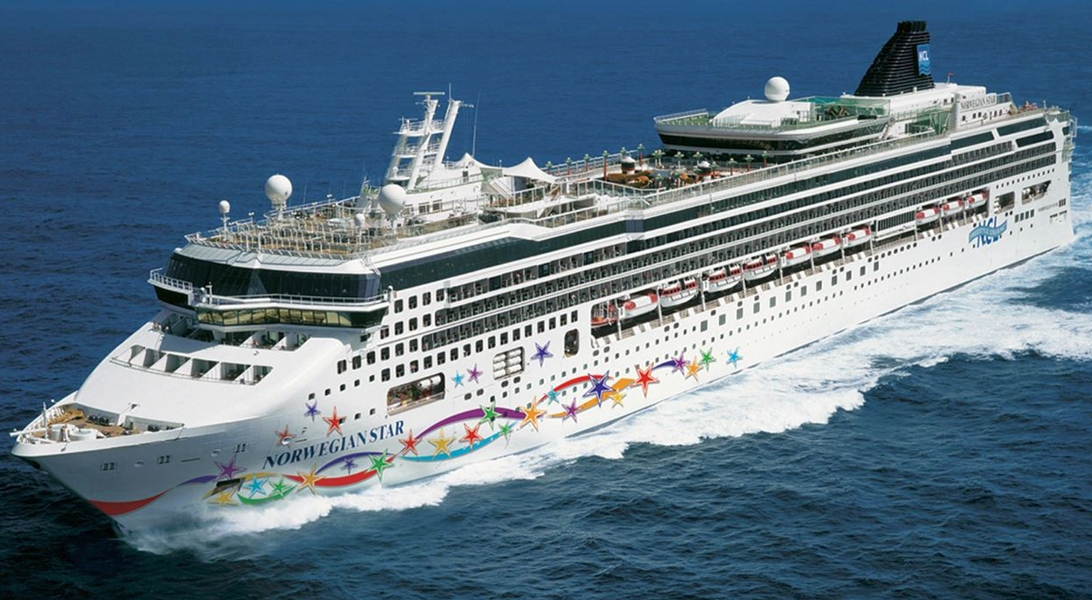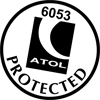This site uses cookies as defined in our Cookie Policy, by continuing to use this site you agree to their use.
Continue
| Arrive | Depart | |||||
| 11th11 | JunJun | 202626 | Reykjavík, Iceland, embark on the Norwegian Star | 17:00 | ||
| 12th12 | JunJun | 202626 | Isafjørdur, Iceland | 07:00 | 17:00 | |
| 13th13 | JunJun | 202626 | Akureyri, Iceland | 06:30 | 17:30 | |
| 14th14 | JunJun | 202626 | At Sea | |||
| 15th15 | JunJun | 202626 | Ålesund, Norway | 11:00 | 20:00 | |
| 16th16 | JunJun | 202626 | Leirvik, Norway | 11:00 | 20:00 | |
| 17th17 | JunJun | 202626 | At Sea | |||
| 18th18 | JunJun | 202626 | Inverness, Scotland | 07:00 | 17:00 | |
| 19th19 | JunJun | 202626 | Newhaven/Edinburgh, Scotland | 07:00 | 17:00 | |
| 20th20 | JunJun | 202626 | At Sea | |||
| 21st21 | JunJun | 202626 | Southampton, England, disembark the Norwegian Star | 05:00 |

Our Fusion packages are all ABTA & ATOL protected ensuring that your booking is safe with us
| 10 nights aboard the Norwegian Star | |||
| Upgrade to More At Sea™ for £299pp and receive the benefits shown below. Book a Haven suite or suite (not Club balcony suites) and receive More At Sea™at no additional cost. | |||
| Premium Beverages | |||
| Speciality Dining | |||
| Shore Excursion Credits | |||
| Wi-Fi Powered By Starlink | |||
| 3rd & 4th Guest Pay Taxes Only | |||
| Award winning onboard entertainment | |||
| Complimentary 24-hour room service | |||
| Port Taxes and Fees | |||
 | ABTA and ATOL Protection* | ||